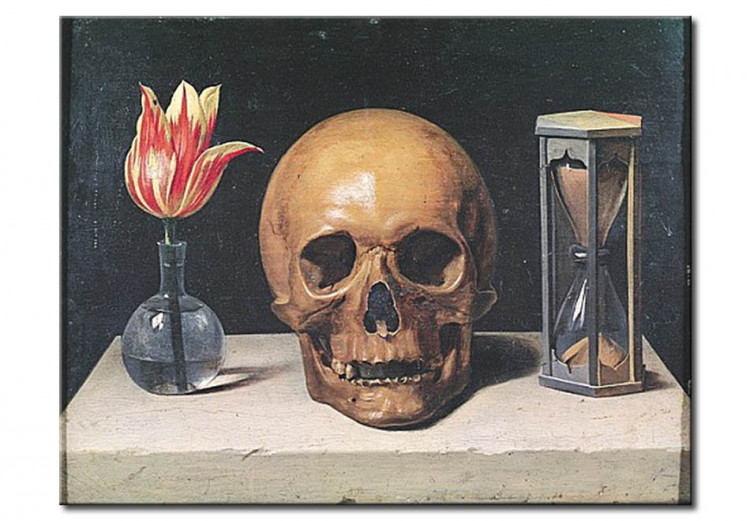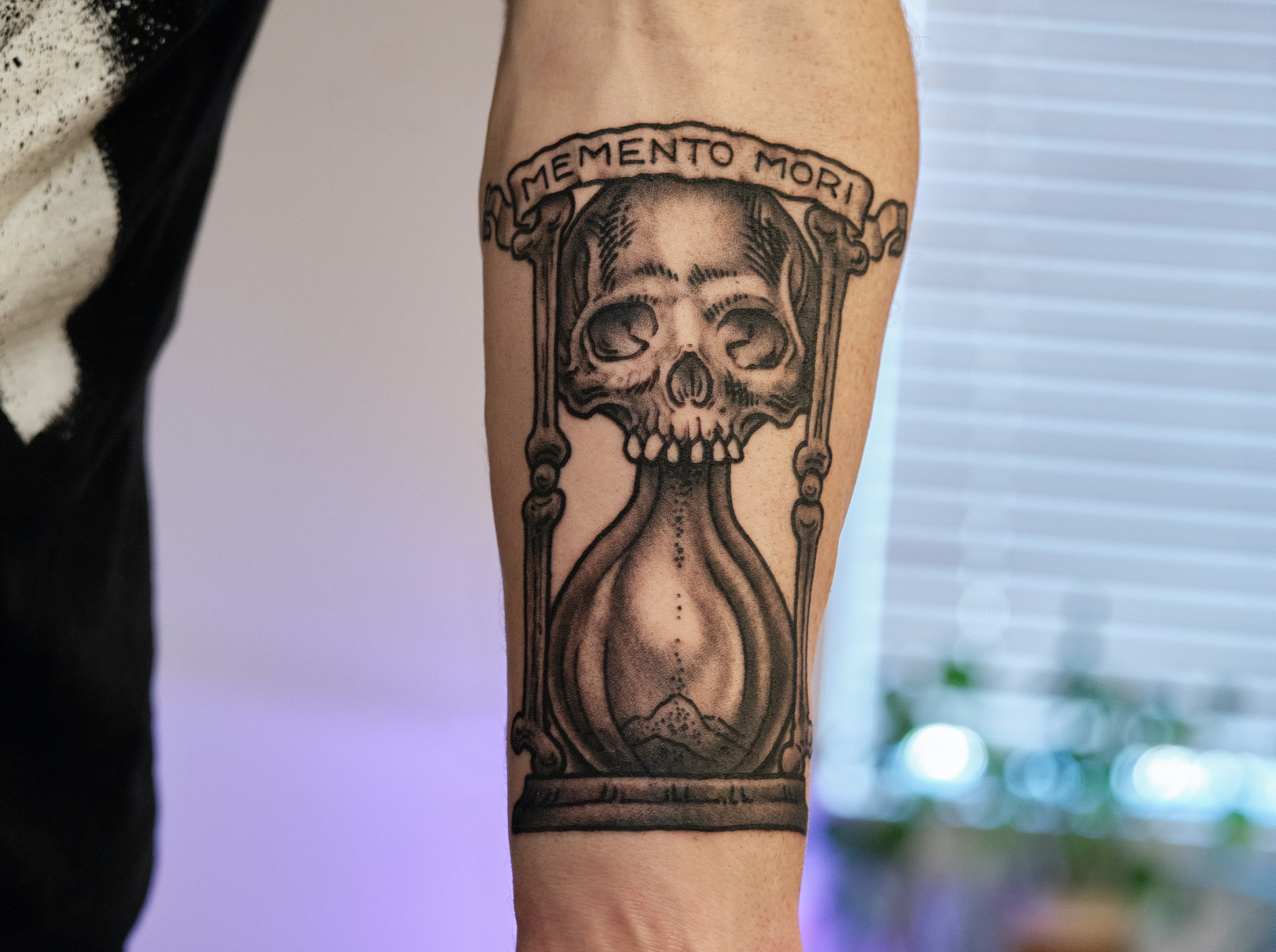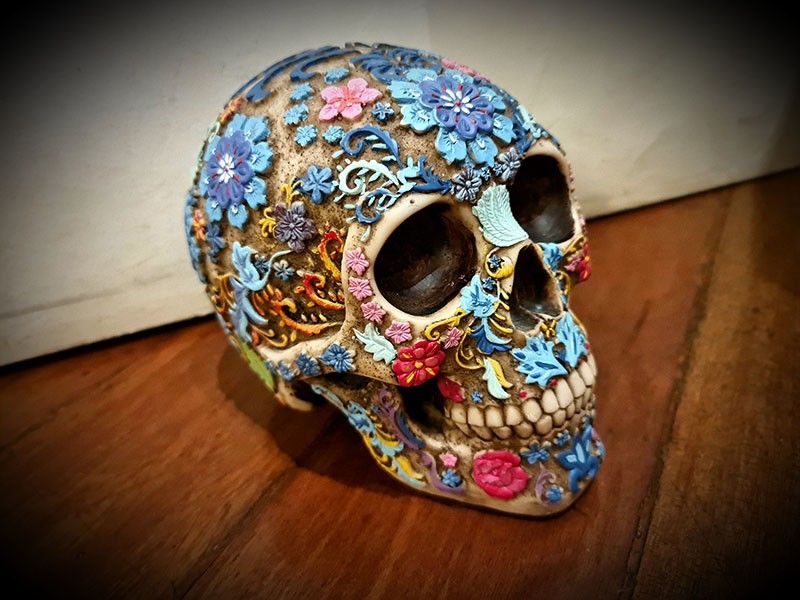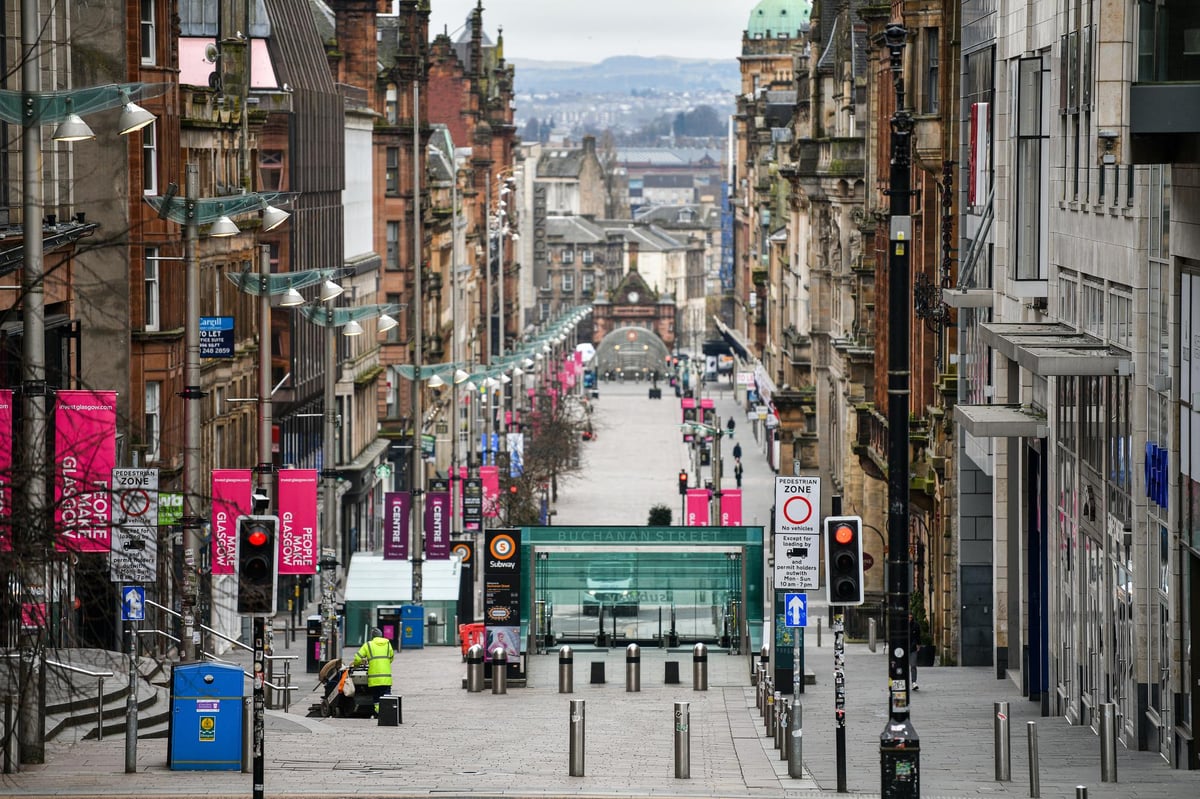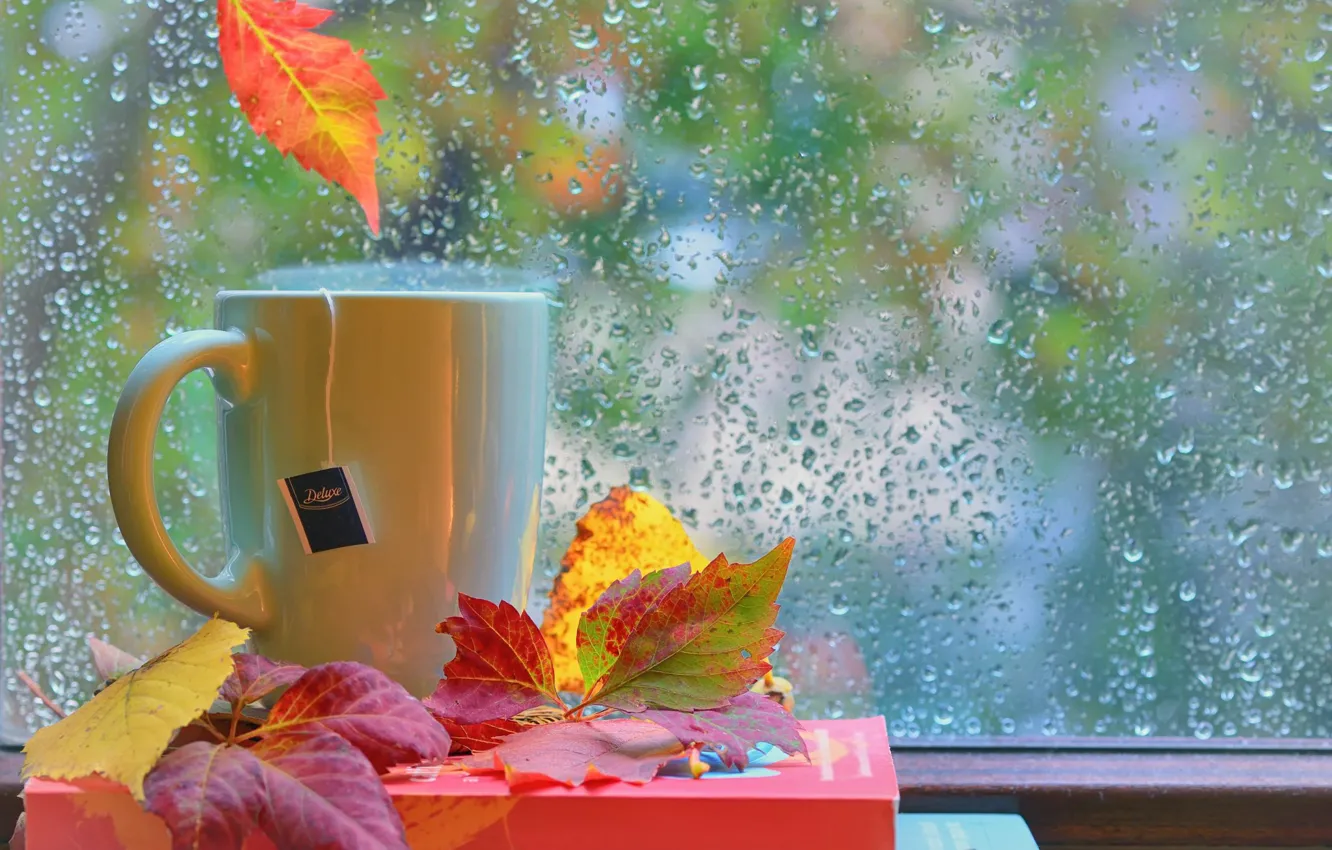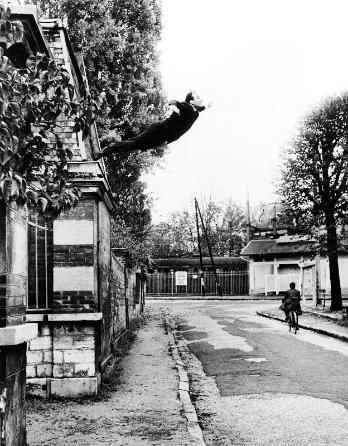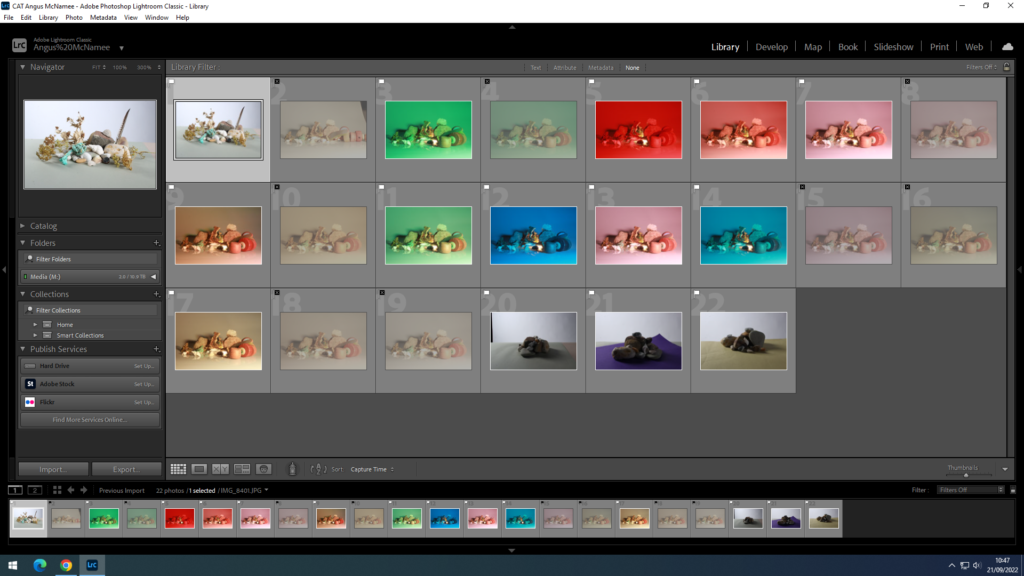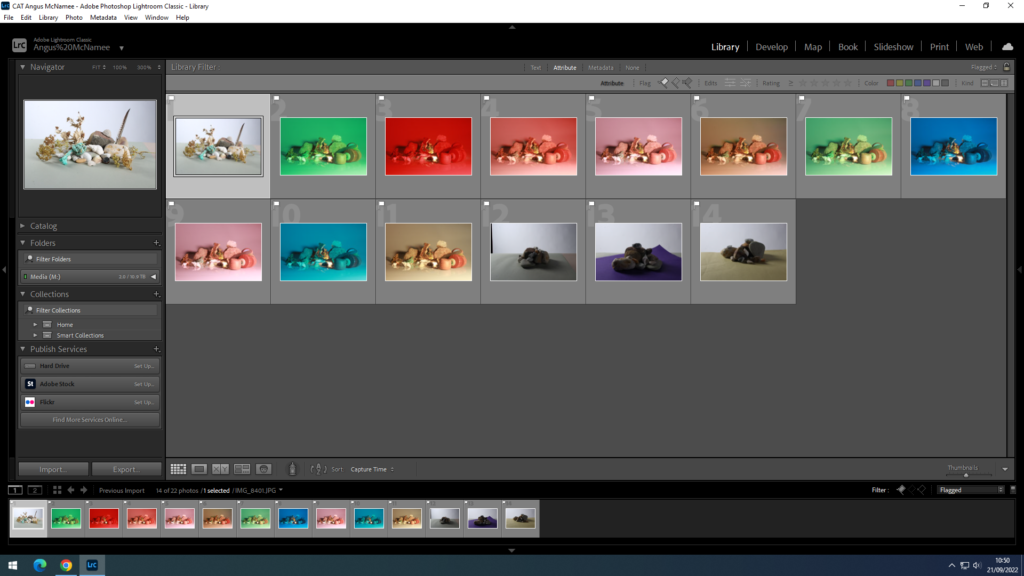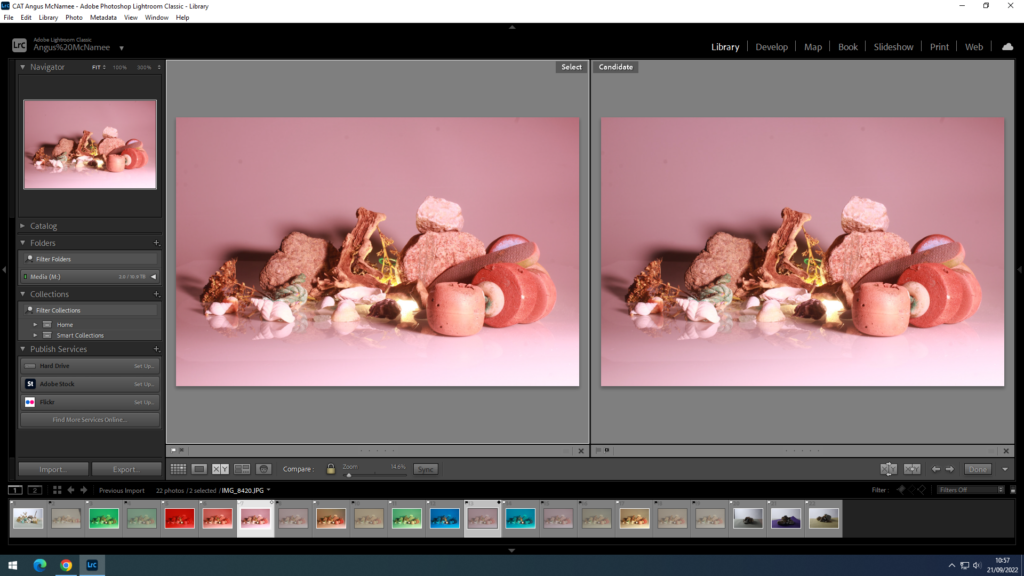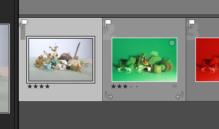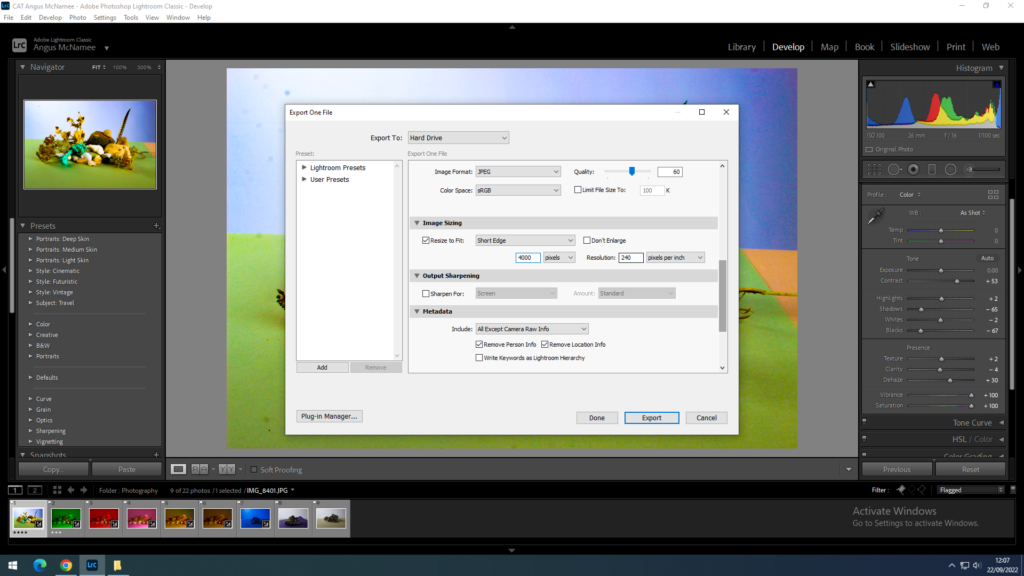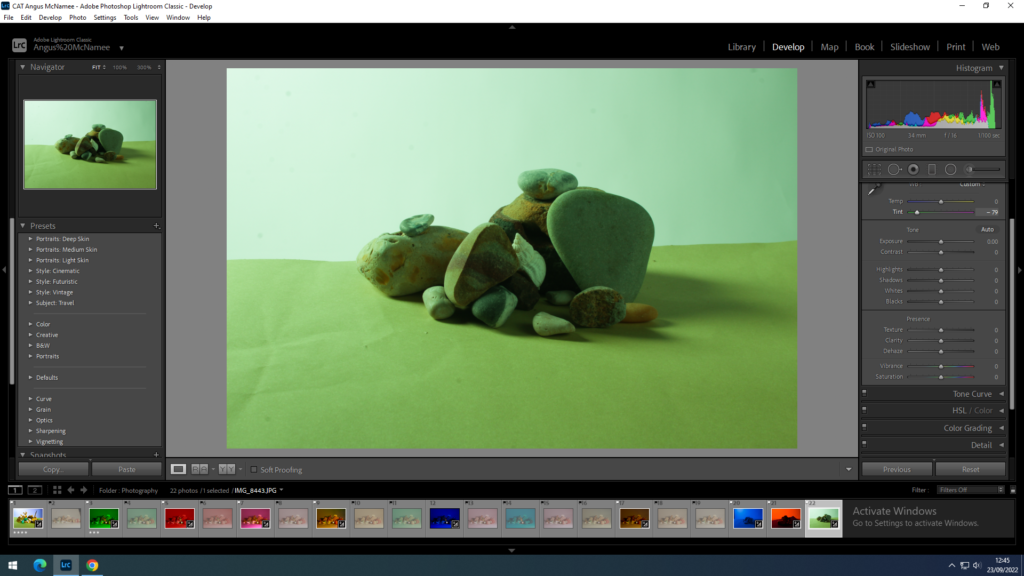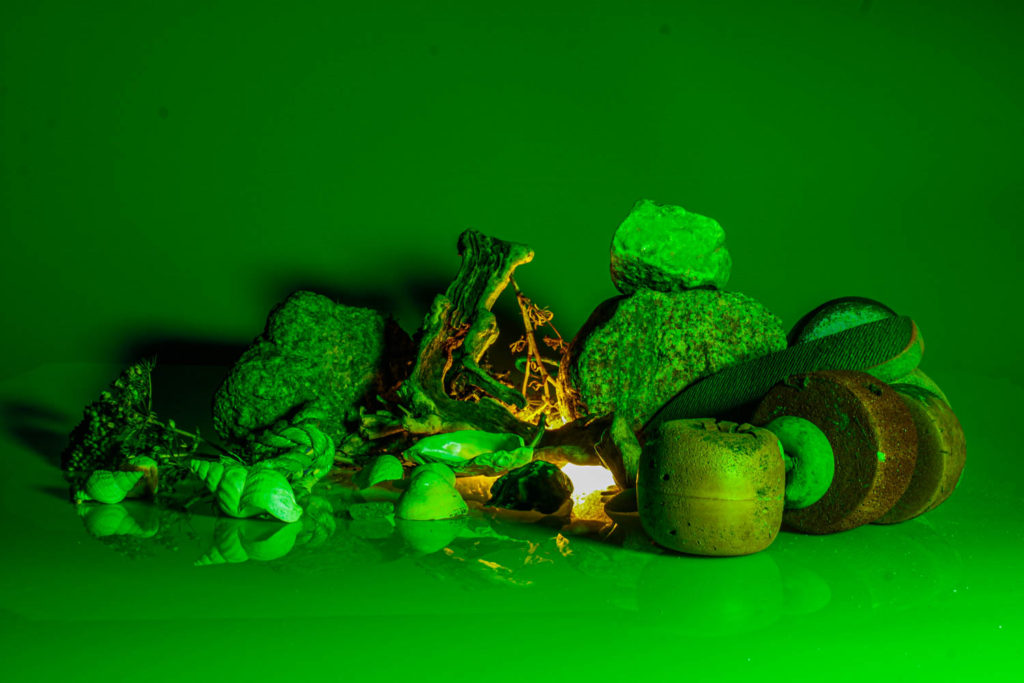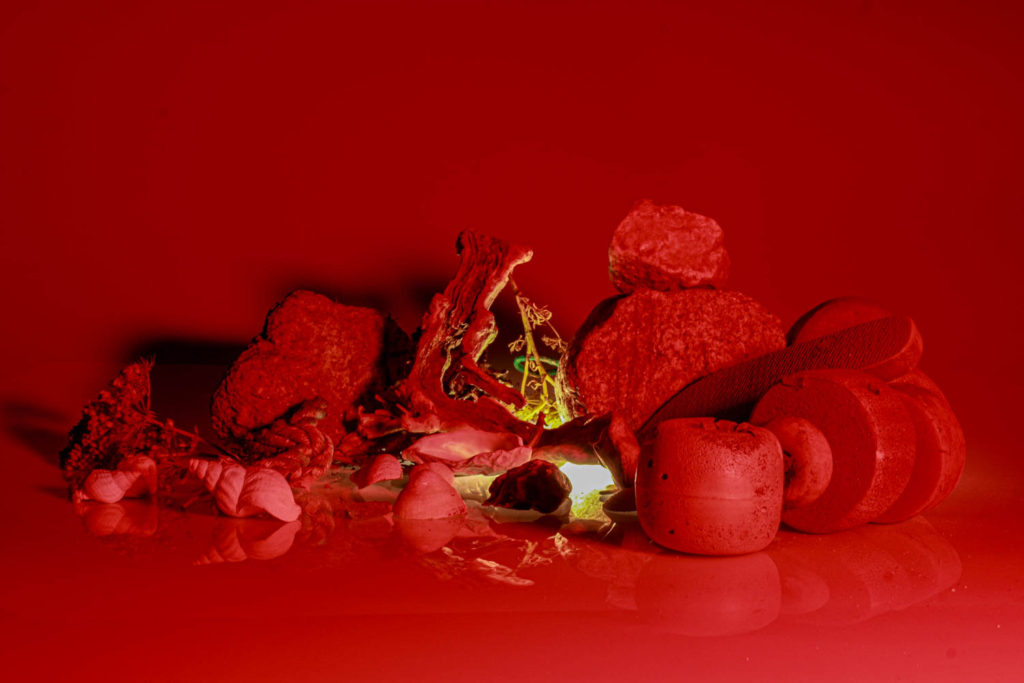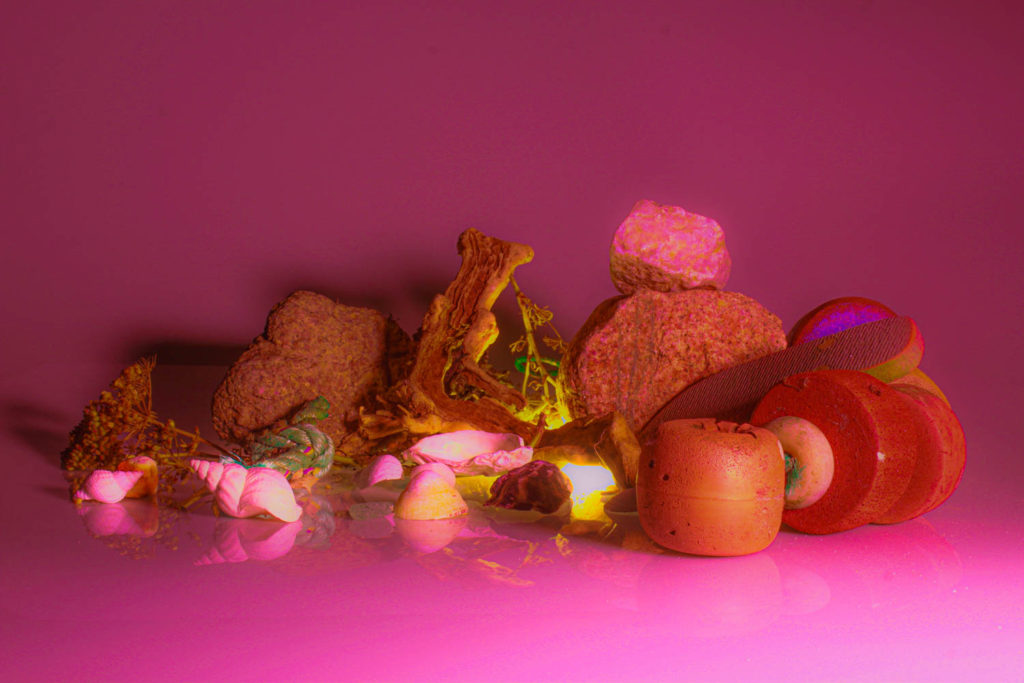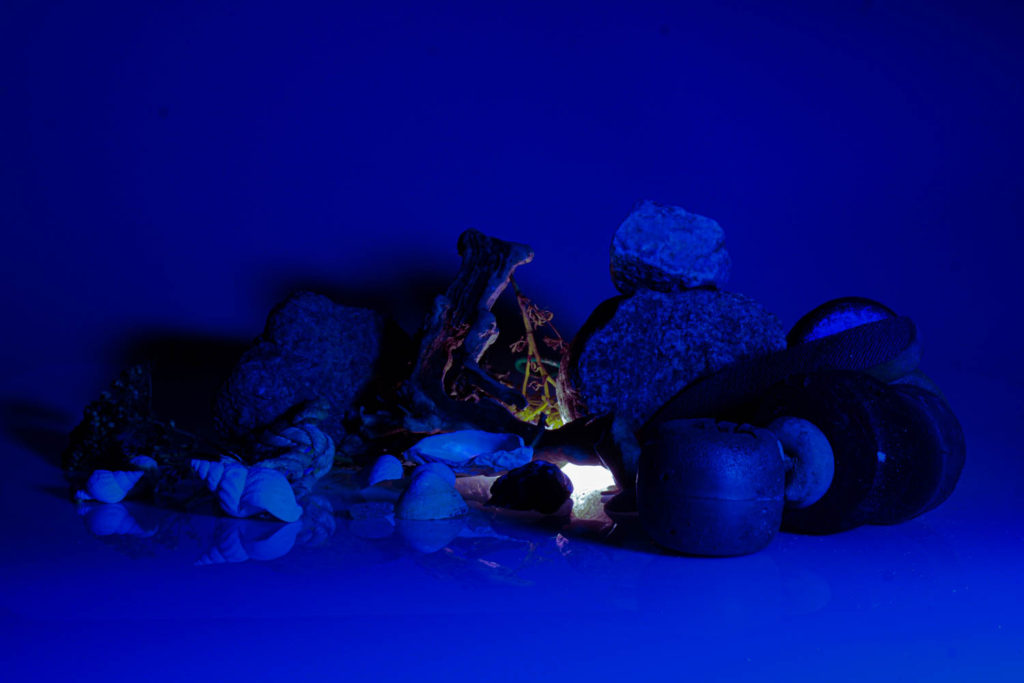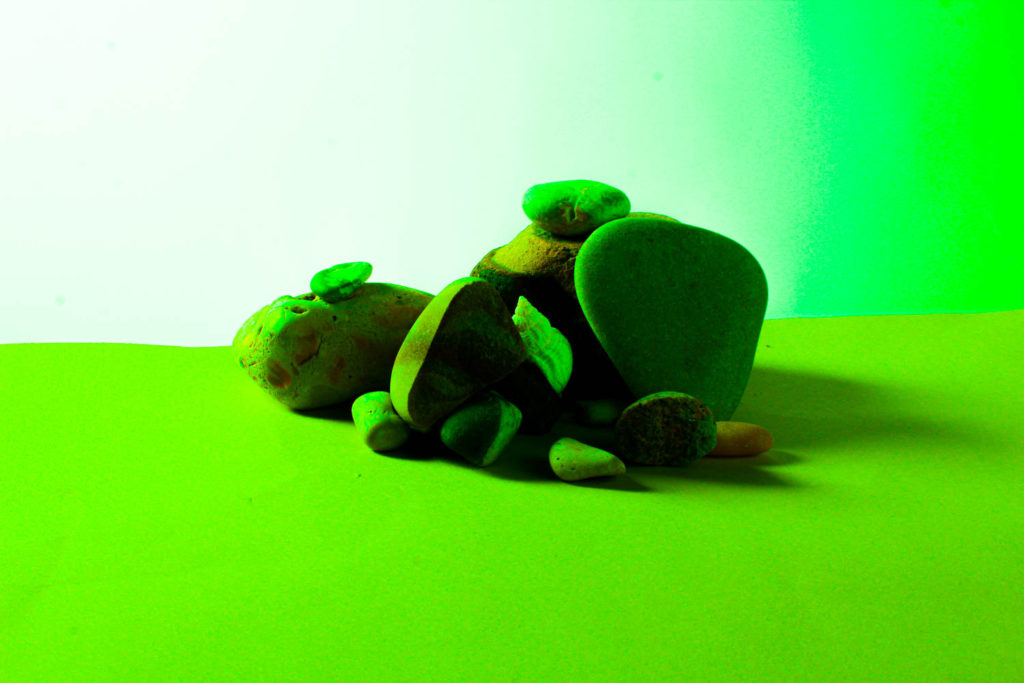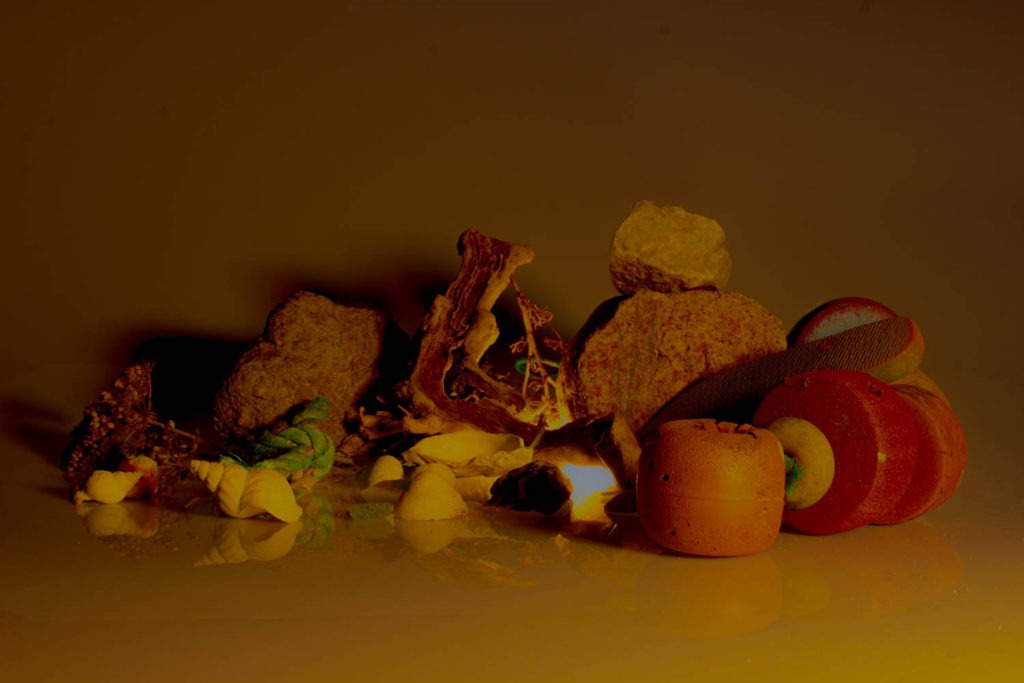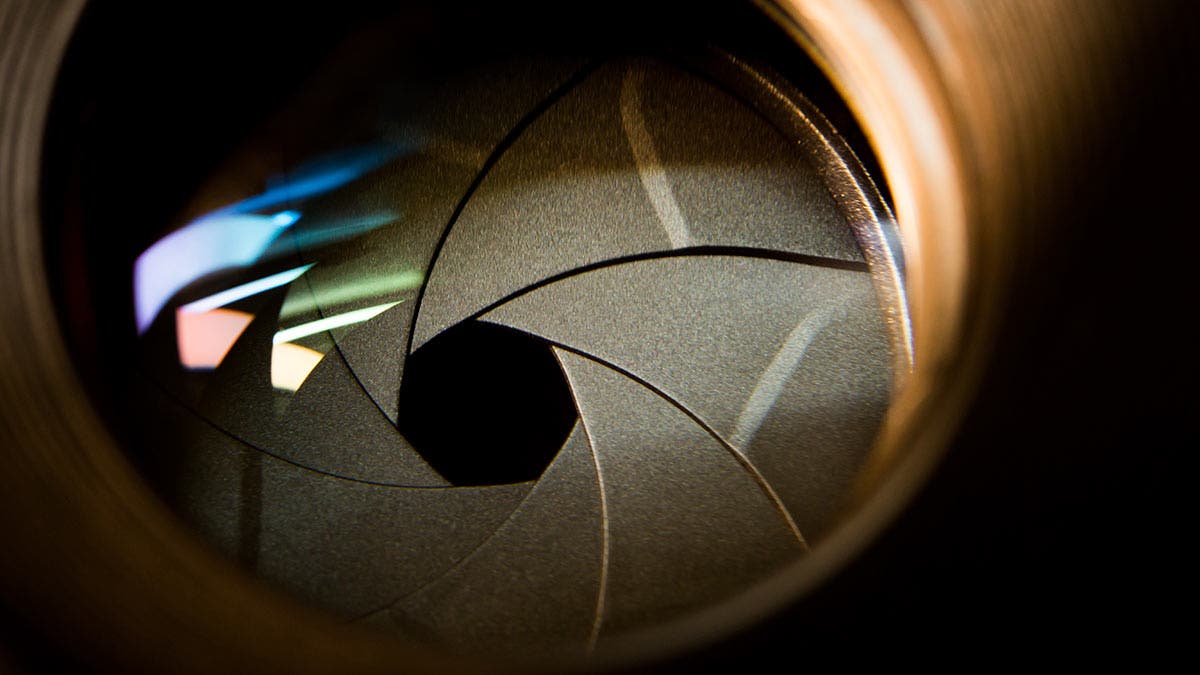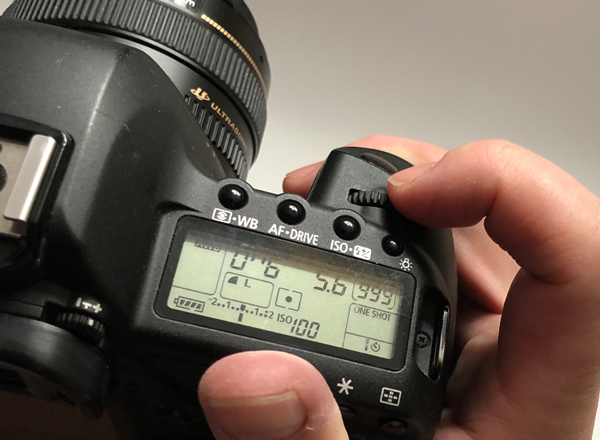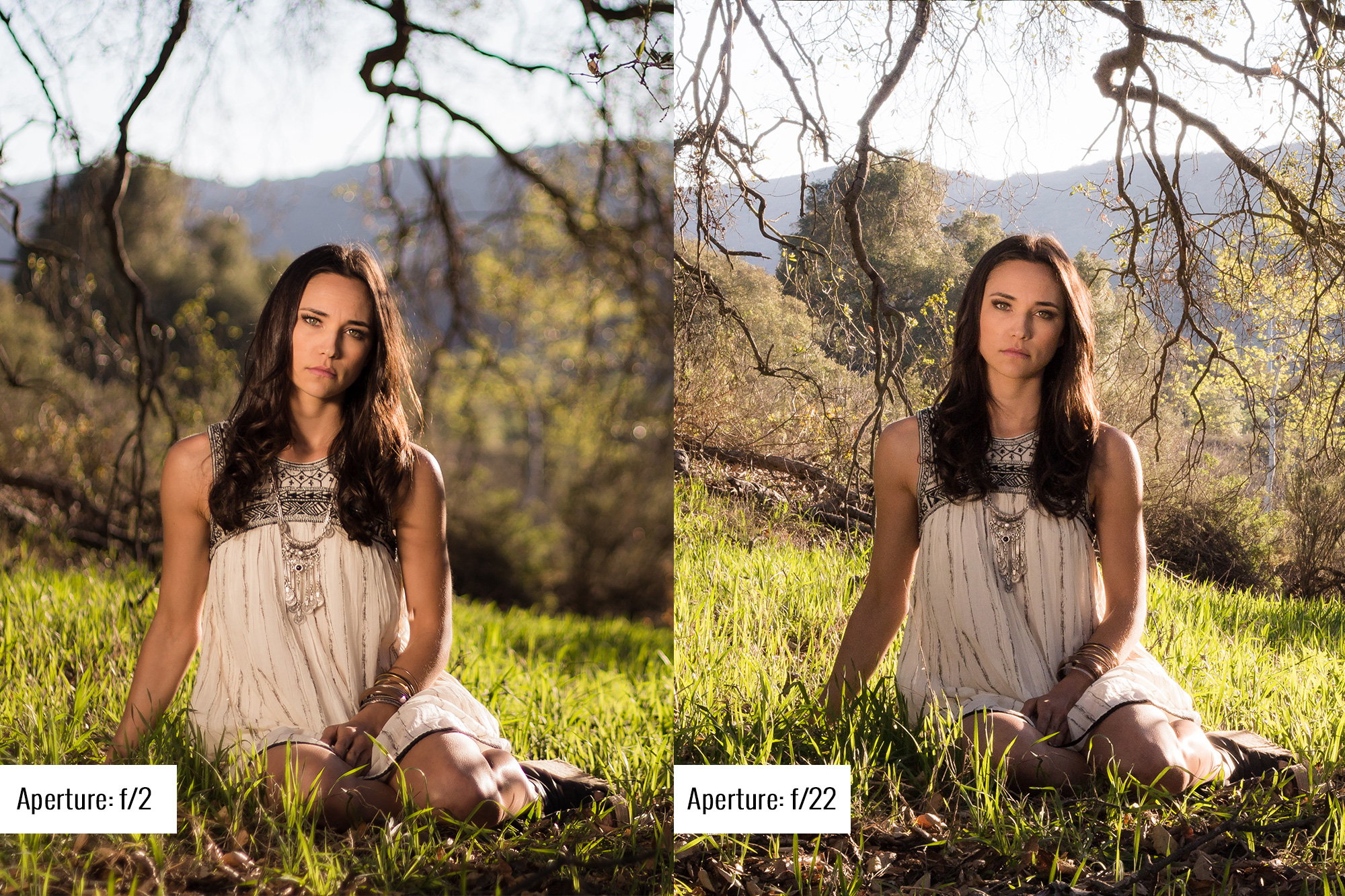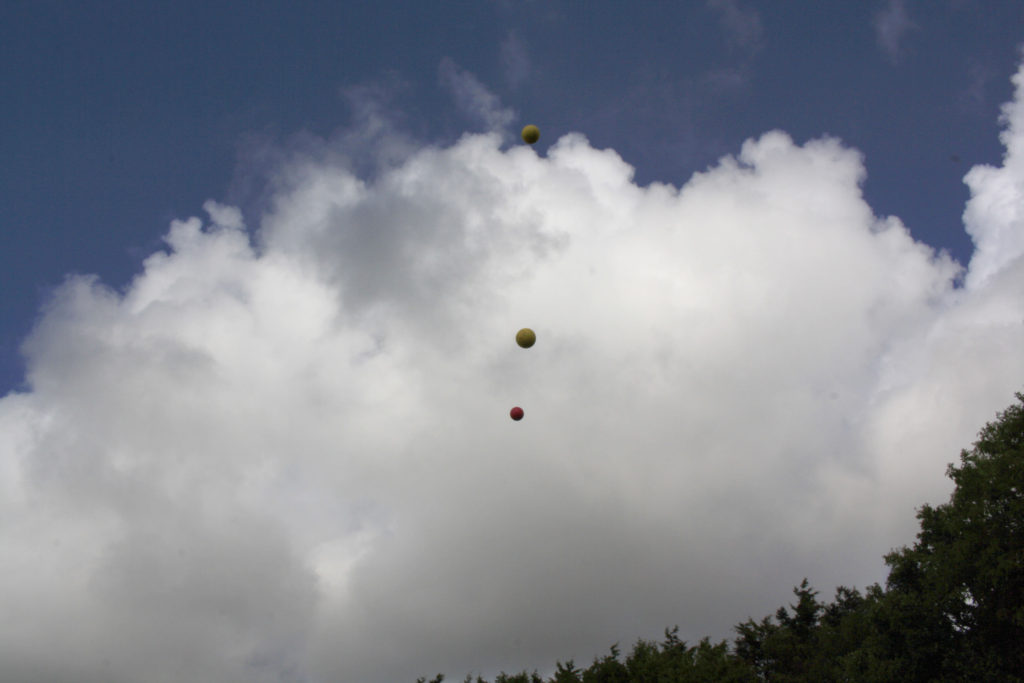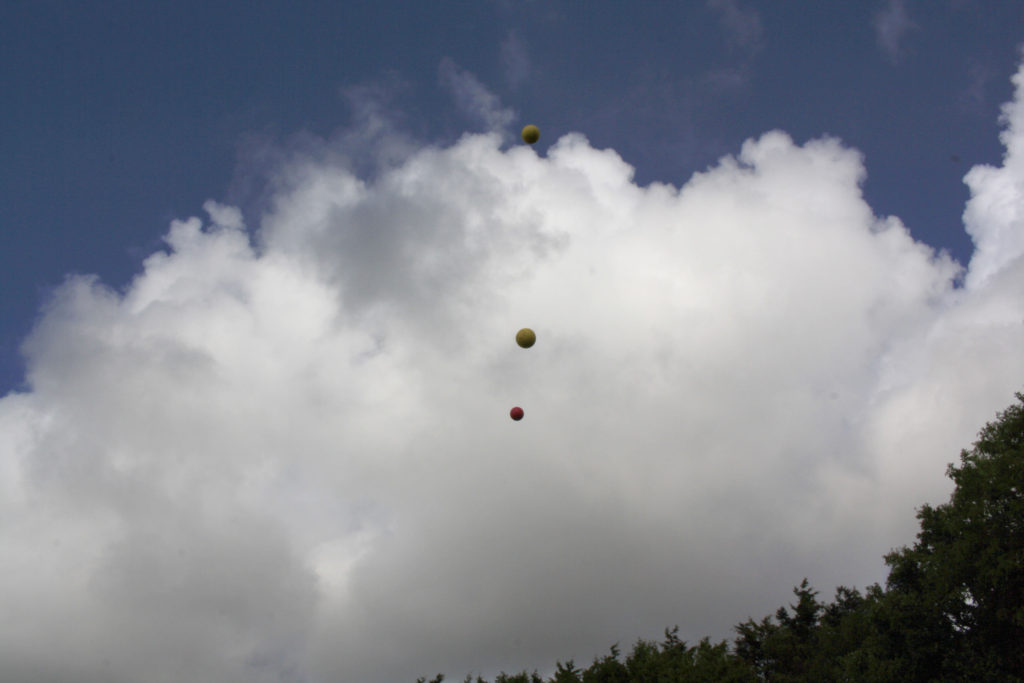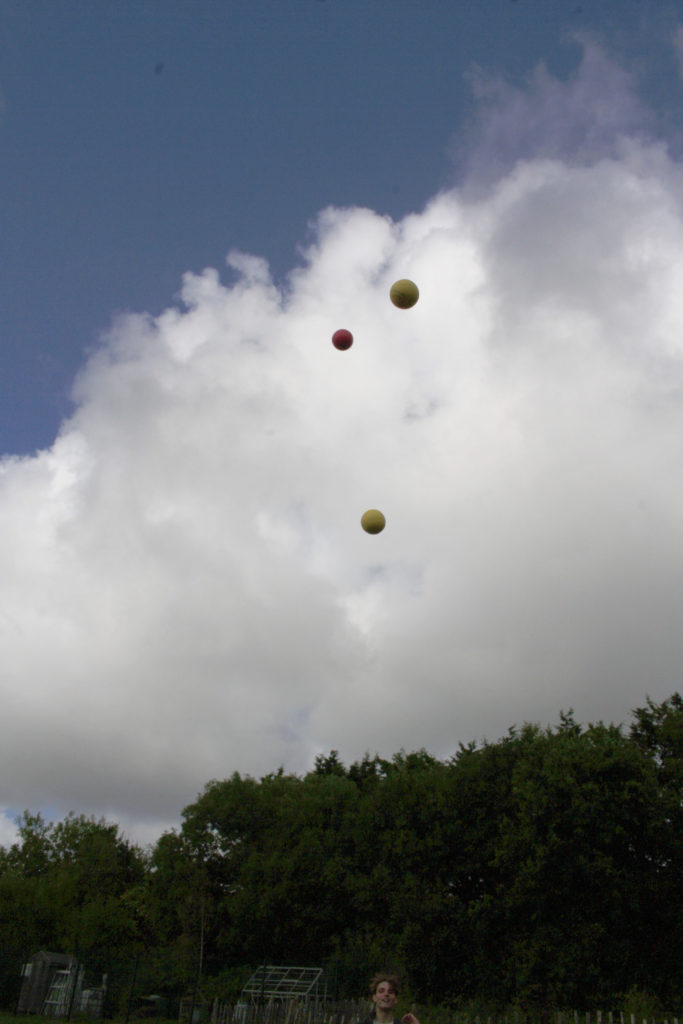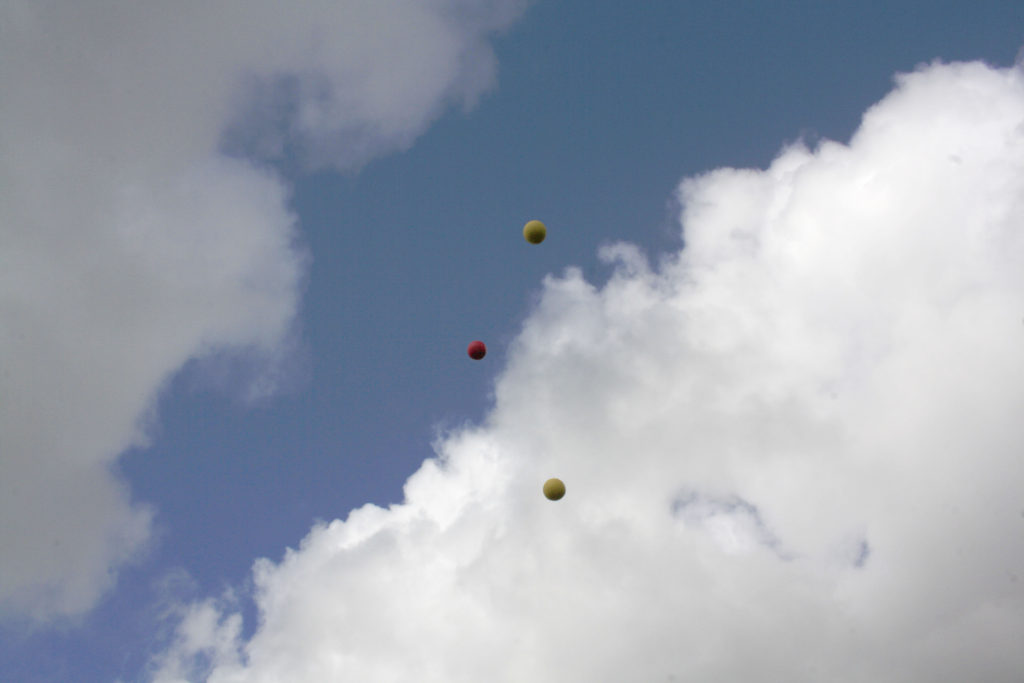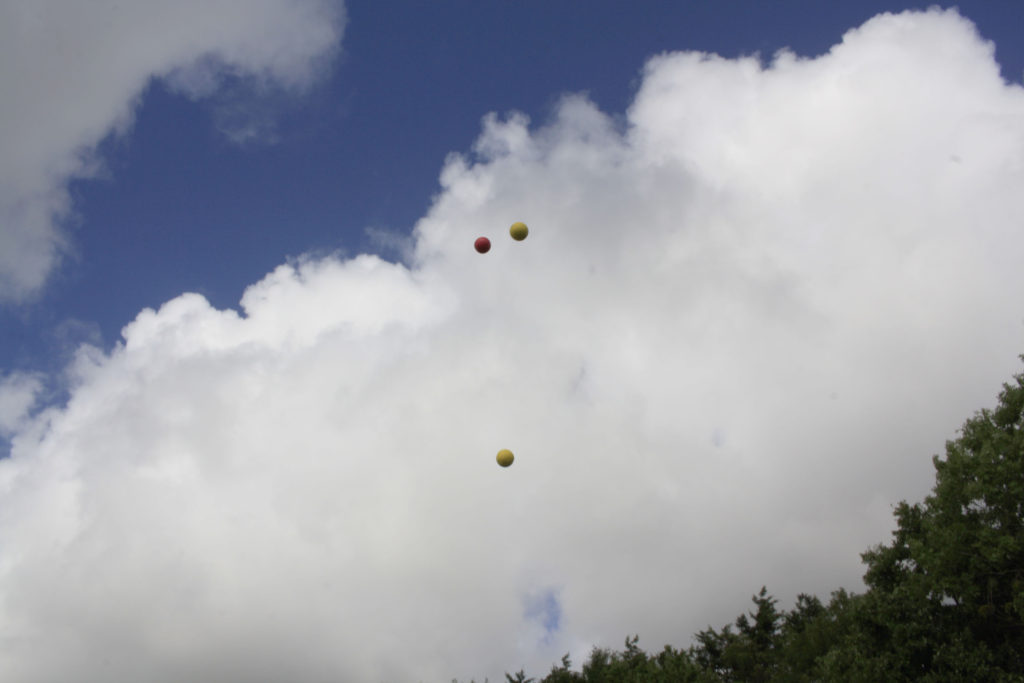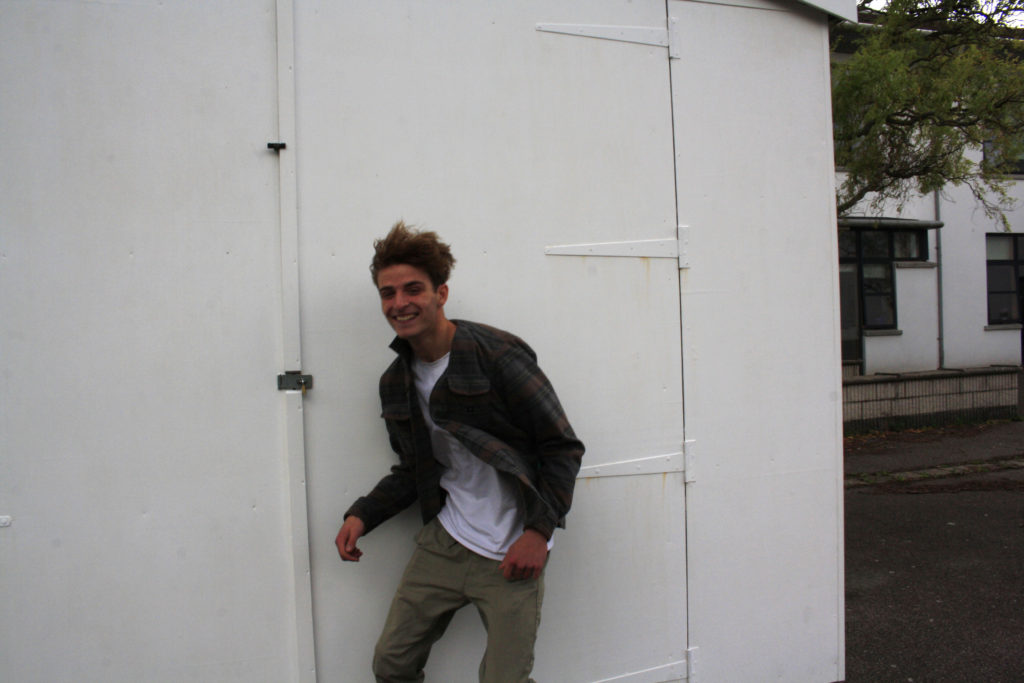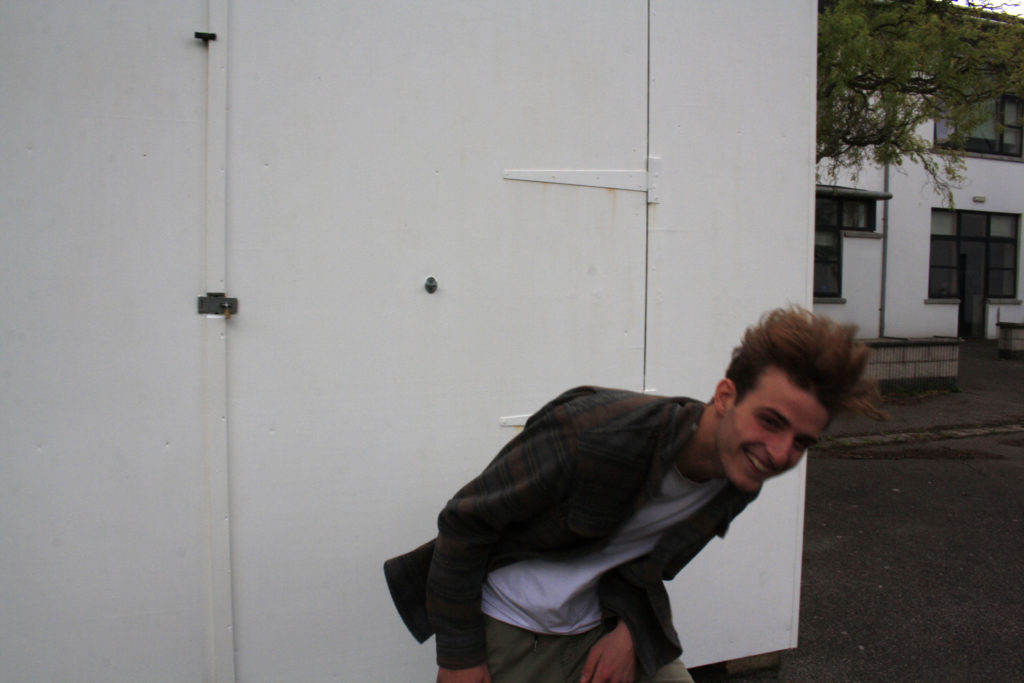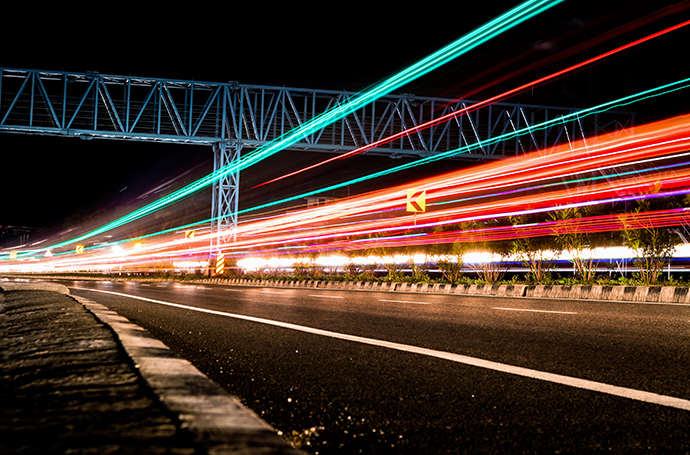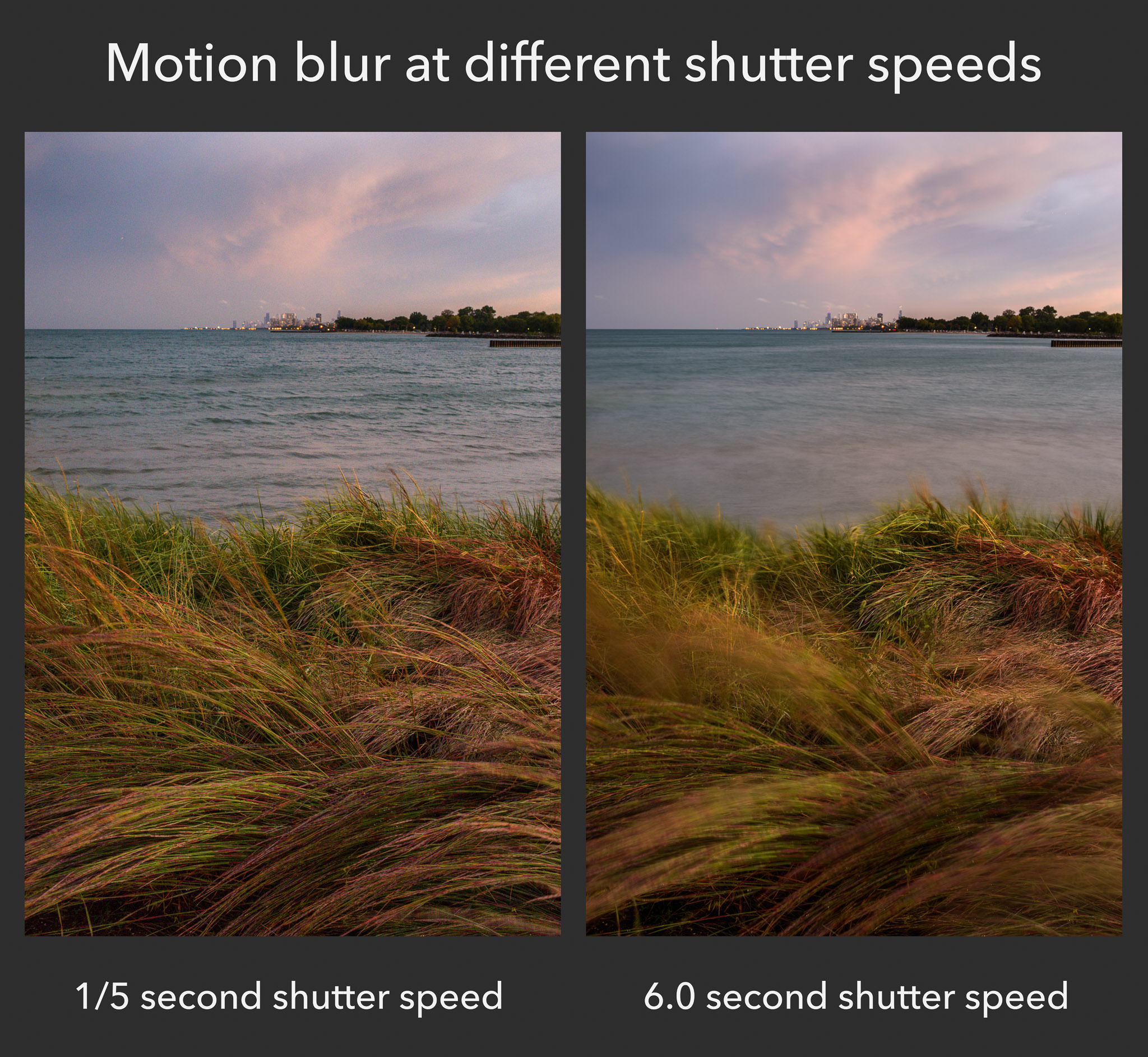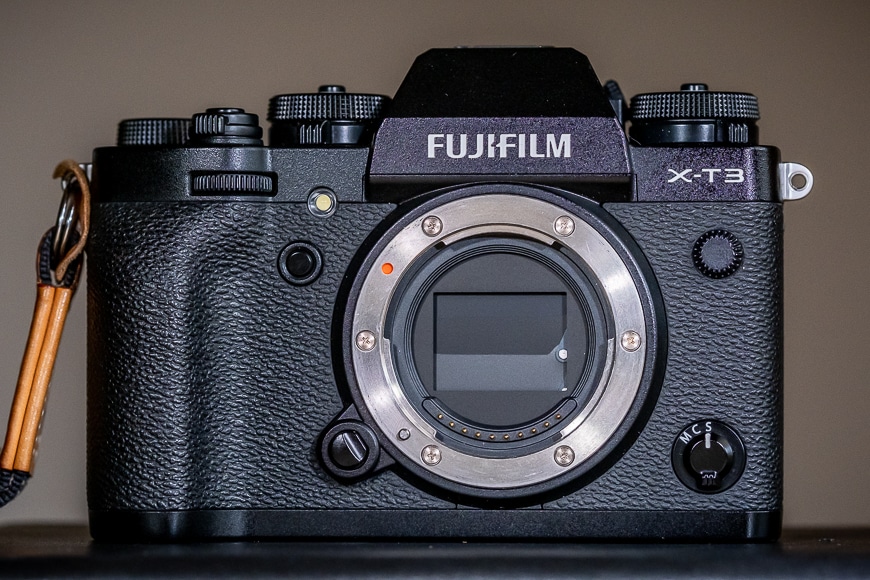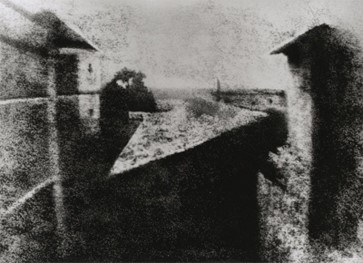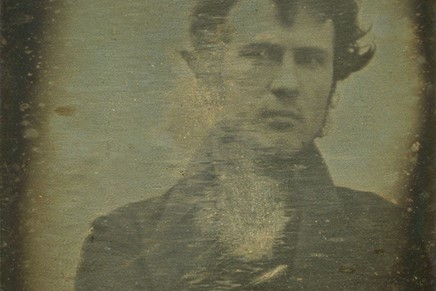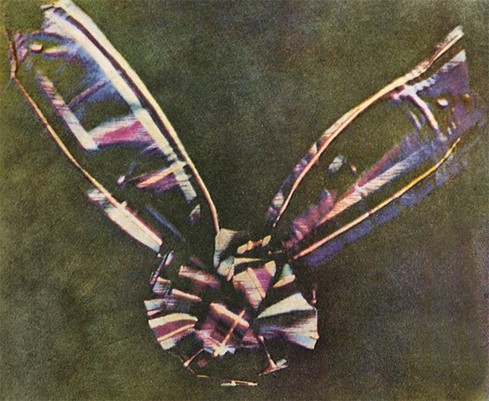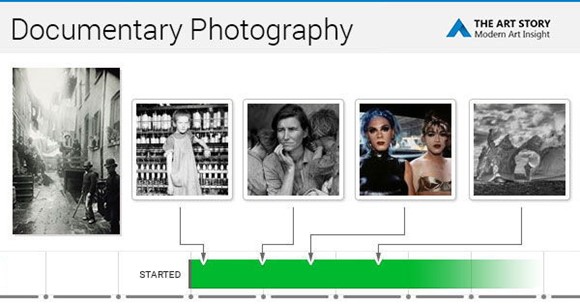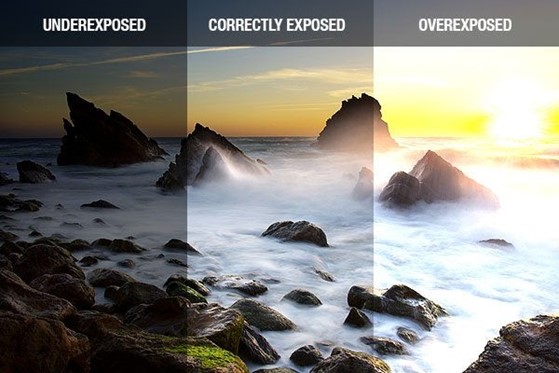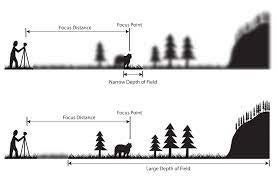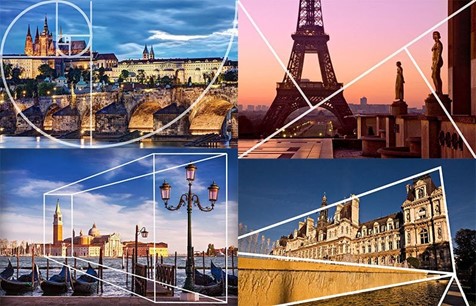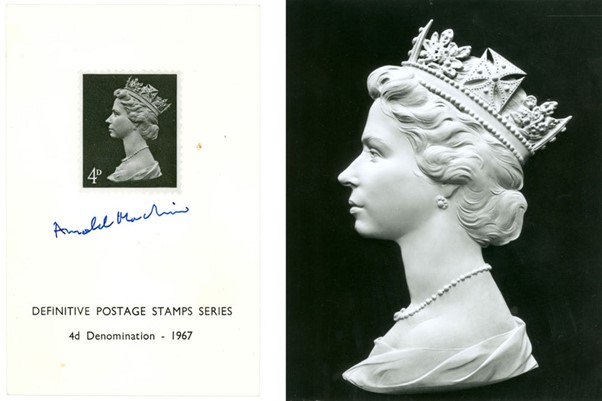What is Formalism?:
Formalism in photography is when the photographer becomes the visual designer. It tells us how important form is in photography and art as it only features visual aspects and less about narrative content. Formalism can be analysed and organised into nine categories.
The Nine Categories of Formalism:
Light: Light is wherever the photo is brightest. Whether it be the actual object or in the environment around it. When annotating Light you should decide whether it is natural or artificial. With Light you can even figure out the time of day the photo was shot.
Line: This is when you look for anything in the photo that create lines. It doesn’t matter if they are straight or curvy. You should analyse what kind of shape it creates or the angle/point of view the photo was taken from.
Repetition: Is when you look for any rhythm or pattern with the objects anywhere in the photo.
Shape: Quite self-explanatory, look for any shapes in the photograph and label them. Point out the names of them too if you can. An interesting thing to do is to point out if the edges seem natural (wavy) or geometric (straight).
Space: Look for any depth in the photo, is it deep? Is it shallow? Take Depth of Field into account by including the distance each object may have.
Texture: How much is seen in the photo? Is it crowded or is it empty? Make sure you compare the smoothness and/or grittiness of the image.
Value/tone: Look for any tones or colours in the photo and how many. How well do they contrast? What is the main tone of the photo? How does it make you feel?
Colour: How many colours are there? Make use of explaining the saturation, contrast, vibrancy etc. Also make sure you point out the main colour and the complimentary colours.
Composition: This is how the Photographer arranges the visual elements, it makes use of how we look at each item in the photo, for how long and in what order. For example, if you take a picture of something in the foreground and in the background, we are more likely to look at the foreground object first because it is closer and most likely clearer.
Exploring Formalism:
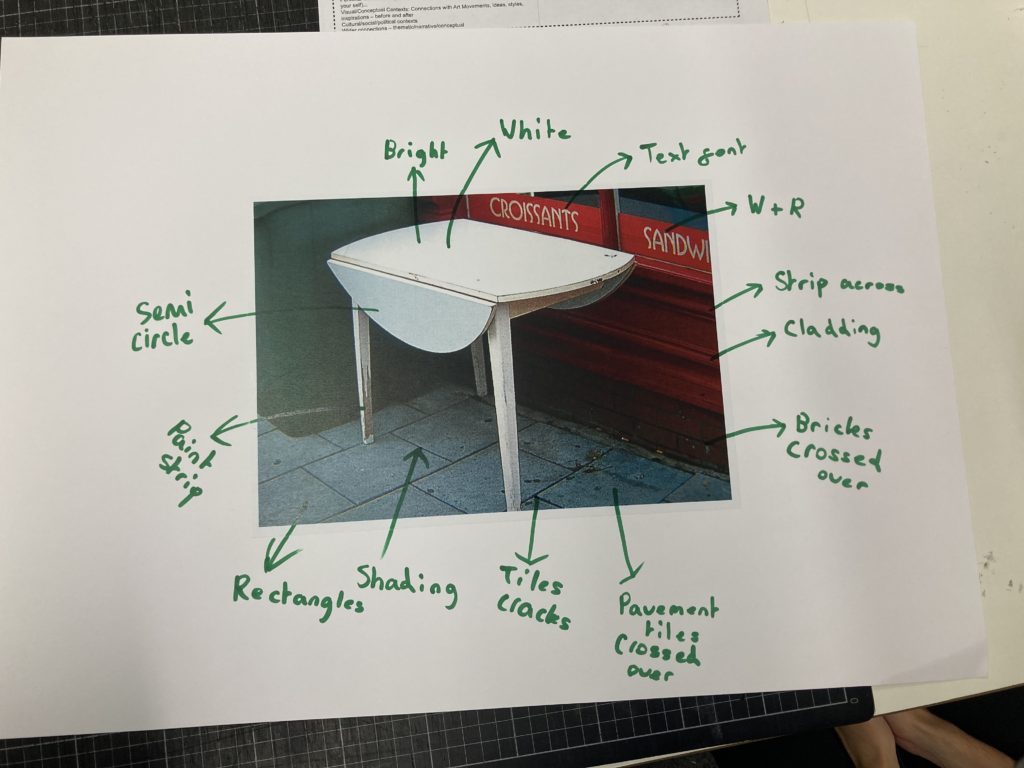
In class we looked at a few photos and labelled them to spot any elements involving formalism. Above you can see that the photo has been labelled quite a lot.
The table’s colour can fall into the Light section of formalism, as due to it’s colour it is the most eye-grabbing part of the image.
Lines can be seen going across the strip of the red wood on the wall behind.
The tiles on the floor contain some Repetition as it creates a pattern.
It is clearly taken from close range, so the Space is not so great.
There are a handful of Colours seen in this photo, such as green white and red. These colours make me think of Christmas.
These are just examples, there is much more to be highlighted in that photo. But this is just to demonstrate how to spot these details and label them.
Technical
Natural light used in the street.
Contextual
Making Do and Getting By investigates the process of perception and communication – how we see what we see, what we do with what we see, how we name what we think we have seen, who we share it with and who is speaking to whom.
Conceptual
The meaning of this work is to highlight the perception and communication and how we see things, process things and share things.
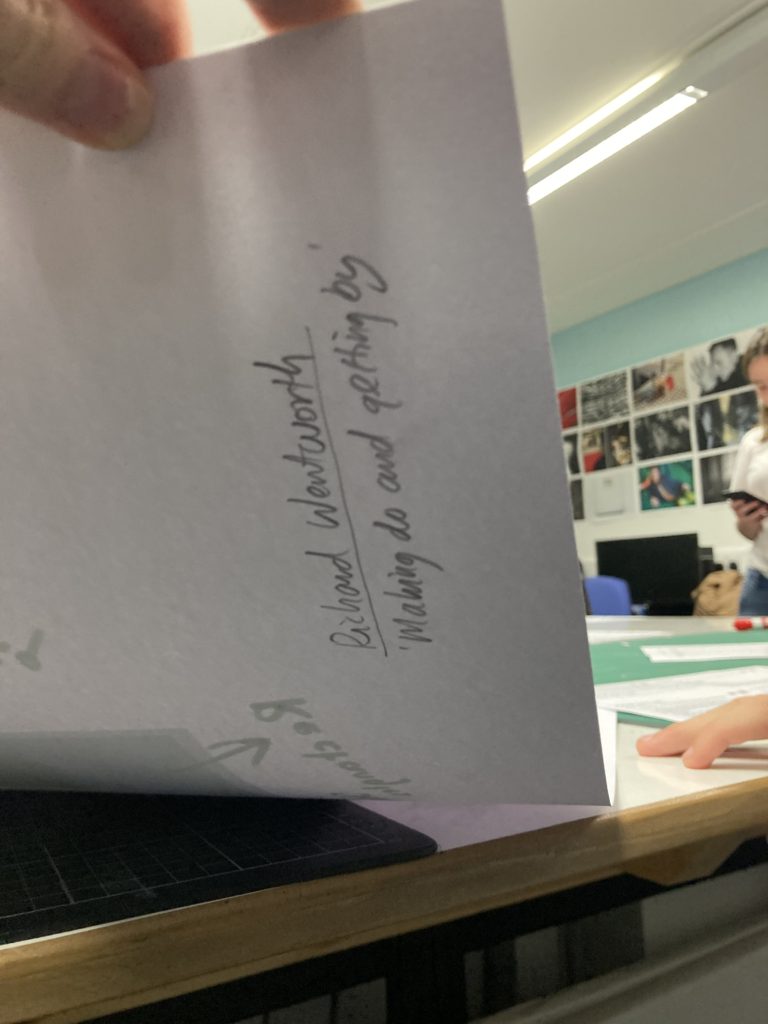

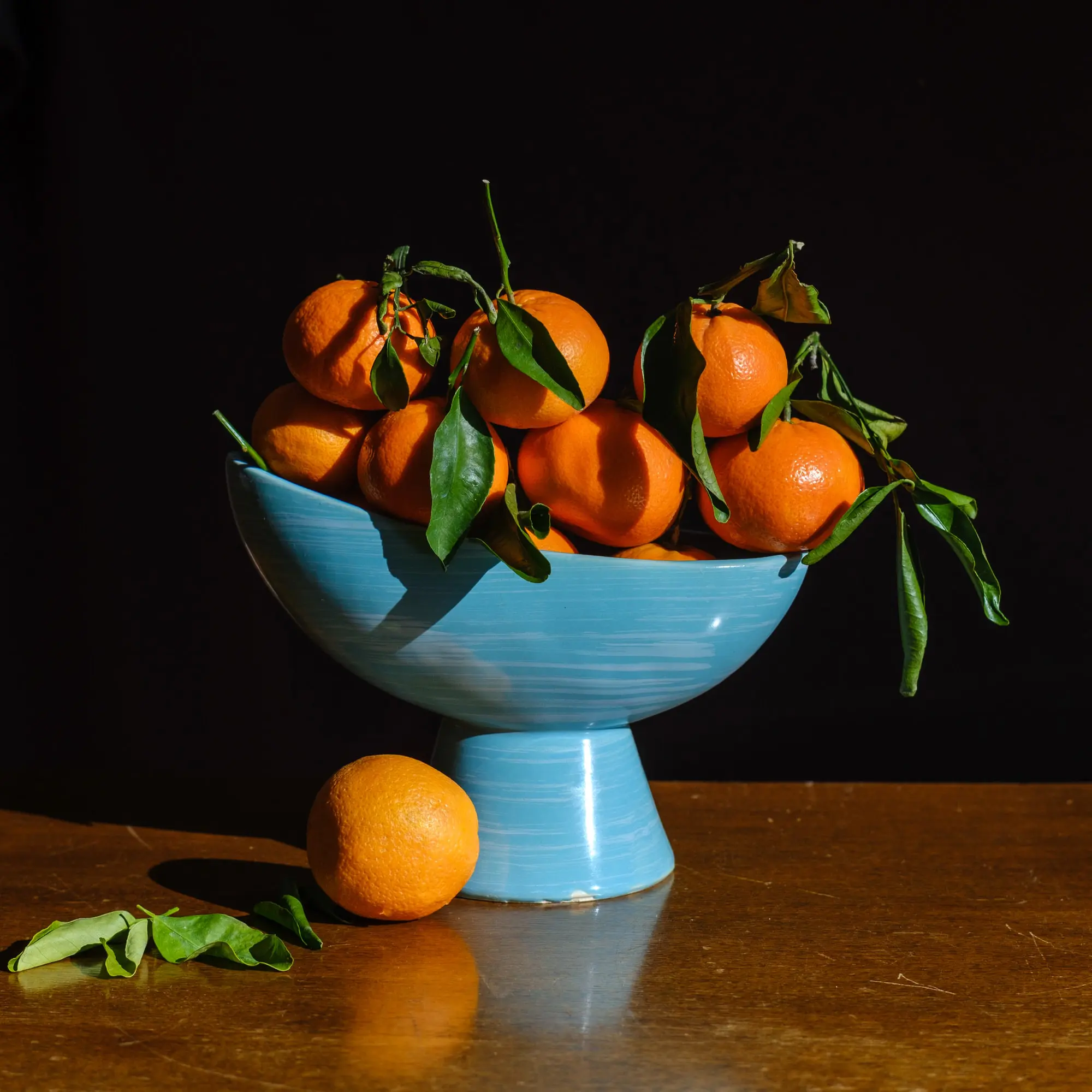


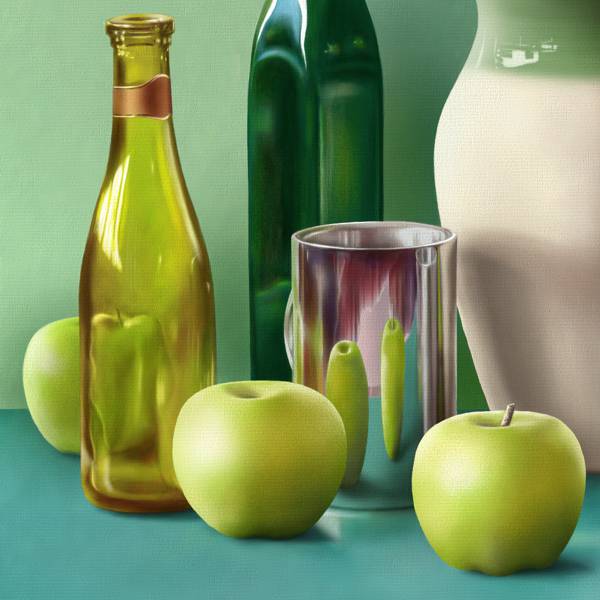


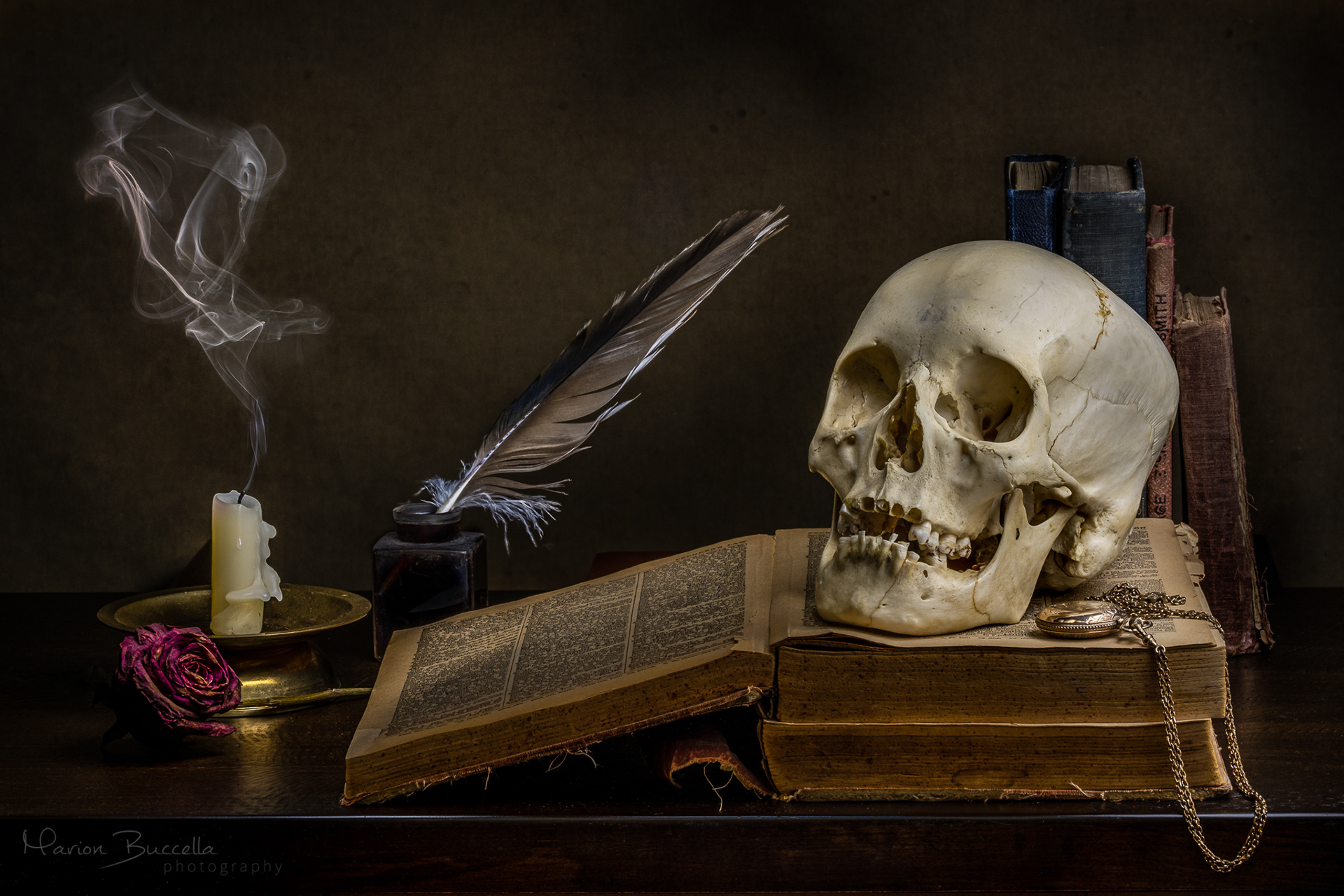

.jpg)
